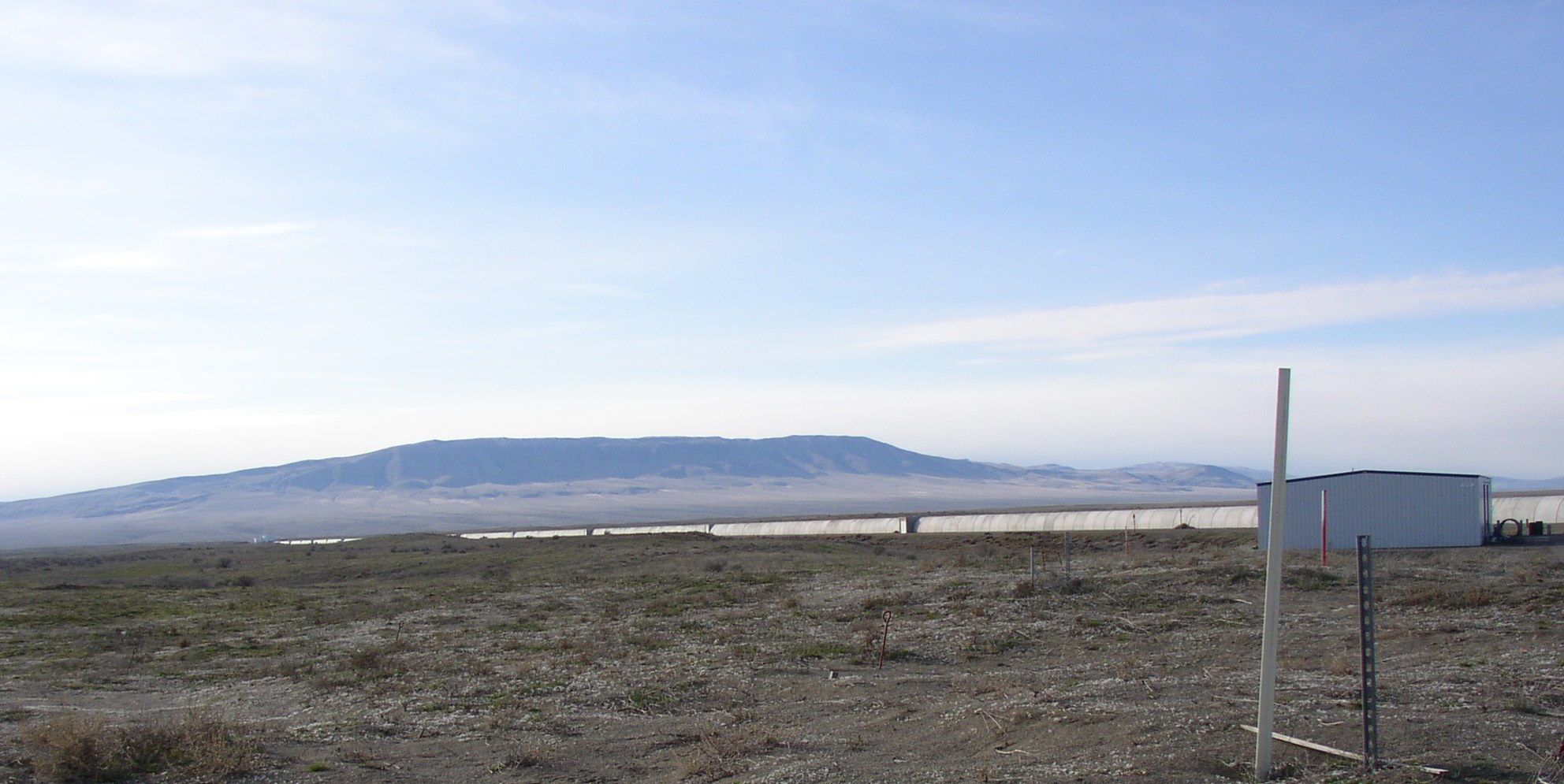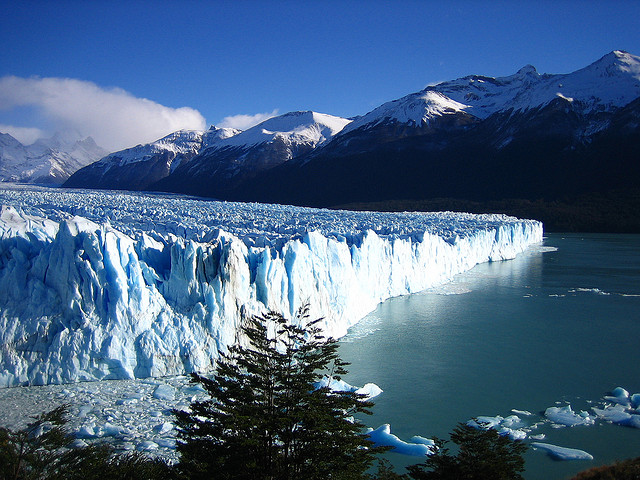There’s a lot to get to this week, from a successful SpaceX launch to (maybe) seeing gravitational waves to photographing single proteins, so let’s get going while the going’s good.
JASON-3

NASA’s JASON-3 ocean-studying satellite has just entered its polar orbit, after a successful launch from SpaceX’s west-coast launchpad at Vandenberg Air Force Base. The launch went up on schedule this afternoon (morning, if you’re in California), but it looks as if the rocketry company still has yet to make their first at-sea landing. Reports are saying that the first stage came in just a little too hard, breaking one of the landing legs and tipping over, but having seen the video feed from Just Read The Instructions (the autonomous landing barge) showing it rocking up and down in 12-15 foot swells it’s hard to believe anything could land on it, let alone something with the inherent balance of an on-end pencil, so I think we can cut them some slack on this one. JASON-3 will map the height of the ocean surface worldwide to 3.3cm, which, from hundreds of miles away and thousands of miles per hour, is truly astonishing. With a little hard work, it should help us better predict the effects of climate change, as well better understand the mechanics of tropical storm formation. Check out NOAA for more.
Gravity Waves Hello (Maybe)

Rumours have been circulating this week that LIGO’s latest incarnation, aLIGO (the Advanced Laser Interferometer Gravitational-Wave Observatory) may have detected evidence of gravitational waves. Right now, that’s all they are — rumours — but then, that’s all they’d be at this point, anyway. Nobody wants to release potentially unconfirmed data, especially after the last gravitational wave signal was eventually determined indistinguishable from space dust. Shannon Hall over at Sky and Telescope has a great rundown on the likelihood of a result and what that result might mean.
Protein Photography

According to a paper published to the arxiv.org servers recently, imaging a single protein has become possible. Until this point, the best way to “look” at proteins was to arrange them into a crystal and x-ray them (which destroys them) and after much repetition, average the results and determine what, on average, the protein looks like. The reason has been that all the ways we had to look at proteins had the rather unpleasant side effect of destroying the proteins. The new technique, detailed in the paper, uses a thin film of graphene to “slow” electrons down enough so that they can capture a snapshot of a single protein without simultaneously blasting it into kingdom come. The images are still a little blurry, but it’s a heck of a feat and the first time it’s been done. You can find the paper at arxiv.org.
Interglacial

A new paper published the week over at Nature suggests that the human effect on the climate might have pushed back the next ice age by an additional 50,000 years. According to their data, we narrowly missed a new glaciation just before the beginning of the industrial revolution, and that things were likely to remain balanced in the “no new glaciers but no new ice age” state for another 50,000 years. But thanks to all the CO2 we’ve been pumping into the atmosphere, that’s been pushed back to 100,000 years — not that that matters to you, but I promise it means big things for the planet. You can check out the paper here, or some coverage over at Gizmodo.
ICYMI
In case you missed what we got up to here over the week, here’s your chance to check it out!
- On Monday, “performance art” met crazy with a bomb threat on a bus in California
- On Tuesday, I took at look at the logic behind the phrase “lucky to be alive” as it pertains to being born
- On Wednesday, I got mad because another anti-vaxxer loony-toon is getting press
- On Thursday, I wondered aloud what Tom Brady actually eats, and
- On Friday, Lindsey got mad about the double standard for women in the workplace
Best of the Rest
A lot more happened this week than I could cover, so here’s your weekly linkspam!
- Bitcoin “died” again this week (89 times now!)
- Someone invented “cyborg” sperm
- Haier’s buying General Electric’s appliance division
- China says it’s going to the dark side of the moon in 2018
- The Hyperloop’s coming along nicely
- NASA picked Orbital ATK, SpaceX, and Sierra Nevada for ISS resupply contracts, and
- That “alien megastructures” planet? It’s not comets.
At this point I’d like to leave you all with my favourite way to remember Alan Rickman, who, like David Bowie, passed away from cancer this week at the age of 69. Epic Tea Time.
That’s all for this week. Remember, I only get paid in my own (and your) enthusiasm, so please like This Week In Tomorrow on Facebook, follow me on Twitter @TWITomorrow, and tell your friends about the site! Have a great week.
